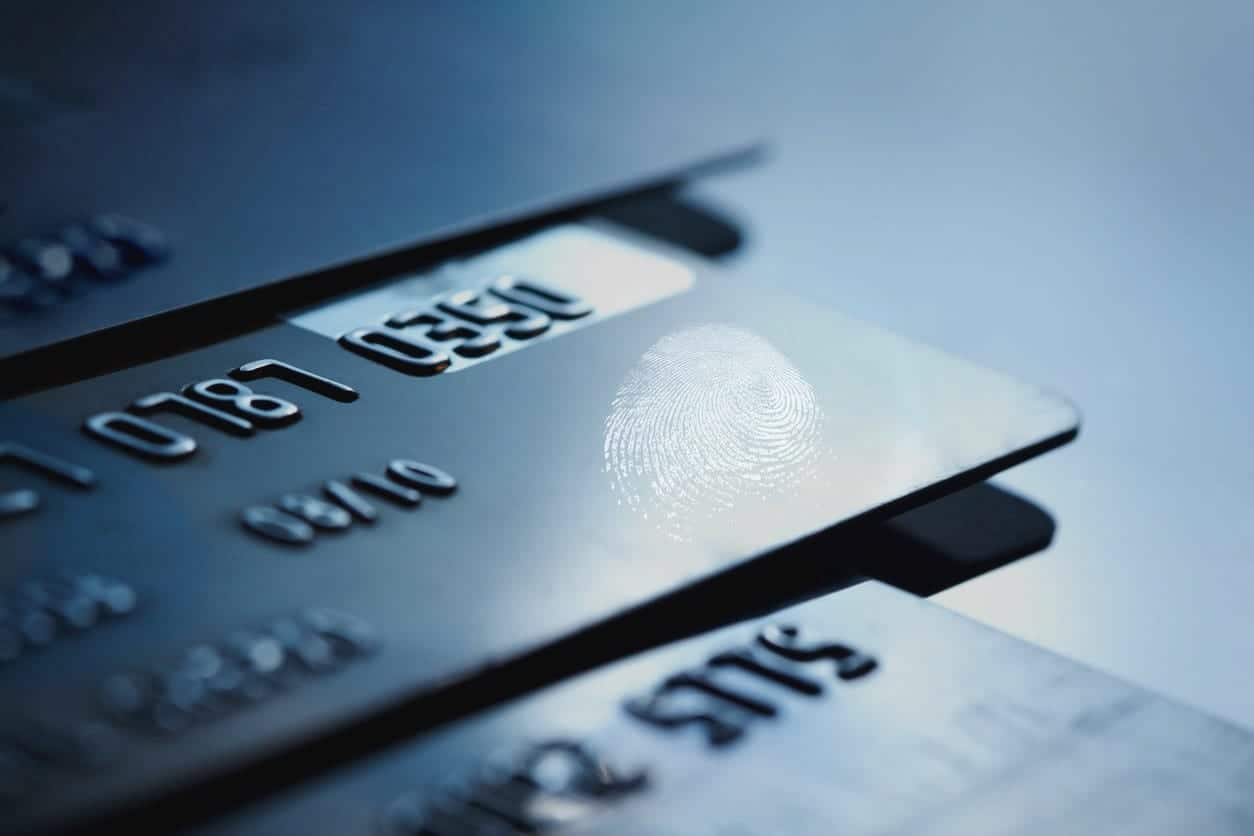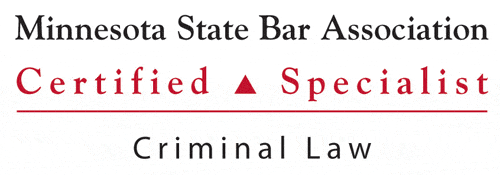
The amount of white collar prosecutions in Minnesota has declined to its lowest rate in 20 years. Why? It’s certainly not because this type of criminal activity has stopped.
The simple fact is that technology has made white collar crimes more complex and convoluted – and the people committing them harder to catch. Because of this, the individuals or organizations that do get prosecuted often find themselves facing incredibly serious consequences as a way to deter others from committing similar acts.
What Are White Collar Crimes?
White collar crimes are a group of crimes that include non-violent offenses, usually involving the theft of money or property through coercion or deception. Fraud, embezzlement, tax evasion, and money laundering all fall under the category of white collar crimes. Fraud alone is a broad definition that covers multiple types of crimes. Even though violence is not usually involved, white collar crimes are a high priority among both state and federal investigators.
A lot of factors have led to the decline of white collar prosecutions in Minnesota. Naturally, the number of prosecutions for different crimes will rise and fall in a cycle. But the resources that law enforcement have to catch white collar criminals is likely declining. Meanwhile, white collar criminals are becoming more knowledgeable, using different resources, and using more protections to avoid getting caught.
Complexities Involving Internet and Insurance Fraud

Think of the technology that has been developed in the past 20 years. In the 1990s, typical fraud cases included Ponzi schemes or mail fraud, and had physical evidence that could be collected and traced. Cell phones and the internet have exponentially increased the amount of people we interact with, the information we receive, and the access we have to people across the globe.
Now, people can commit crimes from all over the world, making it harder for law enforcement to trace and pinpoint their location. Hackers and individuals with specific types of computer and coding knowledge can set up protections and strategies to cover up their activities, or erase data that would serve as evidence if they were ever caught.
Not to mention that these types of crimes can be committed through a vast network involving multiple devices and criminals. They work without much interaction or confrontation with the victim. Before an individual realizes he or she has been the victim of fraud, the criminals have already moved on to the next crime.
The FBI and other investigations agencies are moving fast to fight these types of crimes, but once one type of Internet fraud or scheme is busted, criminals have discovered to a new type of crime or technology in which they can commit white collar crimes.
Penalties for White Collar Crimes in Minnesota
While the majority of white collar crimes involve no violence and little confrontation, they still have a huge financial impact on victims and the overall economy. White collar crimes cost taxpayers up to $600 billion every year. And, as mentioned above, they are taken very seriously in court.
If you are charged with a white collar crime, the amount of money or property involved will determine how long your sentence may be. For example, white collar crimes that involve $500-$1,000 are punishable by one year in prison or $3,000 worth of fines. White collar crimes that involve $35,000 can be punishable by 20 years in prison or $100,000 in fines.
Since there are fewer prosecutions involving white collar crime, state prosecutors will have more time and resources to get defendants convicted and given a harsh sentence. If you are charged with a white collar crime, contact a Minnesota criminal defense attorney who can give you the time and resources to fight back with a strong defense.
About the Author:
Christopher Keyser is a Minneapolis-based criminal and DWI defense attorney known for fighting aggressively for his clients and utilizing innovative tactics to get the most positive results. He has been featured in numerous media outlets due to the breadth and depth of his knowledge, and recognized as a Minnesota Super Lawyers Rising Star (2014–2016), a Top 100 Trial Lawyer (2013–2016), and a Top 40 Under 40 Attorney (2013–2016).





